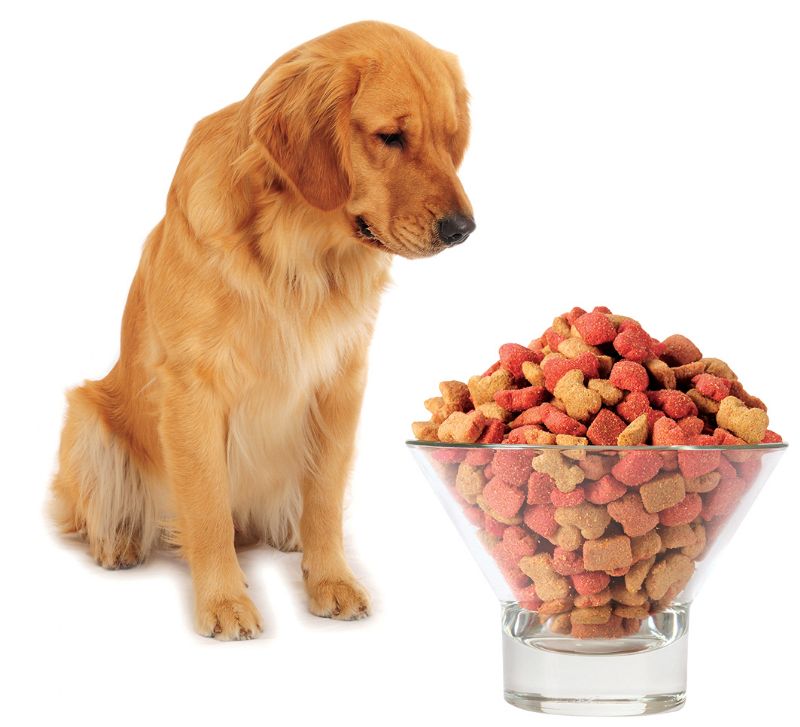- Home
- News, Articles & Reviews
We are hiring! Please click here to join our growing magazine delivery team in Gloucestershire!
Areas
Environment
Archive

Reducing our carbon pawprint
All Areas > Environment > Save the Planet
Author: Annabel Laughton, Posted: Saturday, 24th December 2016, 08:00
When it comes to a greener lifestyle it’s easy to forget our pets, but in reducing our impact on the planet, they have a part to play too. The estimated 16 million cats and dogs in the UK come with a sizeable carbon pawprint – it’s been calculated that the average family pet in the UK generates more carbon than a person living in a developing country.
So how can we reduce this? The biggest contributor to pets’ carbon emissions is probably what they eat, including the food itself, packaging and the carbon costs of transporting it. Thankfully, the pet food industry has moved on in the last few years and there are more choices out there.
Look for brands that contain less, but better-quality meat
Meat production generates a lot of carbon, so look for brands that contain less, but better-quality meat. You could even consider turning your dog into a veggie, but cats need meat. Seek out brands using recycled and recyclable packaging, like paper sacks, cardboard boxes or tins. The worst offenders are the single use pouches, which are hard to fully empty and go straight into landfill. The bigger the quantity you buy, the less packaging there is – and it’ll be cheaper too.
We’ve all fallen for the sad eyes or plaintive mews
Another carbon cost is food miles, so go for dried food over wet, which is around 60% water – it takes a lot of energy to move water around the world. You can also find pet food made in the UK. Finally, make sure you’re not feeding your pet too much. We’ve all fallen for the sad eyes or plaintive mews at one time or another, but indulging our pets is bad for them and the planet.
Don’t replace it unless you have to
Then there’s all the stuff we buy our pets, from essentials like leads, bowls or carriers, to bedding, brushes and toys. The mantra ‘Reduce, Reuse, Recycle’ (in that order) is a good one. The greenest toy, bowl or brush is the one you’re already using – so don’t replace it unless you have to. When you do, buy second hand – trawl Freegle or Street Life – or if you buy new, go for good quality recycled items that will last. Pets don’t care where their stuff comes from – my cat’s favourite things are an old shoelace and an old toaster box.
If you have cats, think about their litter – so much of it gets chucked into landfill, and the clay type is particularly bad. Look for one made of recycled paper or wood pellets. You can buy paper litters that are compostable to further reduce the impact. Cats are fussy, so gradually mix the new type in with the old to help them get used to it.
Give a cat or dog a second chance
Finally, for those who are thinking of getting a new pet, I’d make a plea for them to re-home a dog or cat from one of our wonderful shelters, rather than buying a kitten or puppy. By doing so, you’ll reduce the environmental impact, as well as giving a cat or dog a second chance.Other Images
Copyright © 2024 The Local Answer Limited.
Unauthorized use and/or duplication of this material without express and written permission from this site's author and/or owner is strictly prohibited. Excerpts and links may be used, provided that full and clear credit is given to The Local Answer Limited and thelocalanswer.co.uk with appropriate and specific direction to the original content.More articles you may be interested in...


© 2024 The Local Answer Limited - Registered in England and Wales - Company No. 06929408
Unit H, Churchill Industrial Estate, Churchill Road, Leckhampton, Cheltenham, GL53 7EG - VAT Registration No. 975613000You are leaving the TLA website...
You are now leaving the TLA website and are going to a website that is not operated by us. The Local Answer are not responsible for the content or availability of linked sites, and cannot accept liability if the linked site has been compromised and contains unsuitable images or other content. If you wish to proceed, please click the "Continue" button below:




